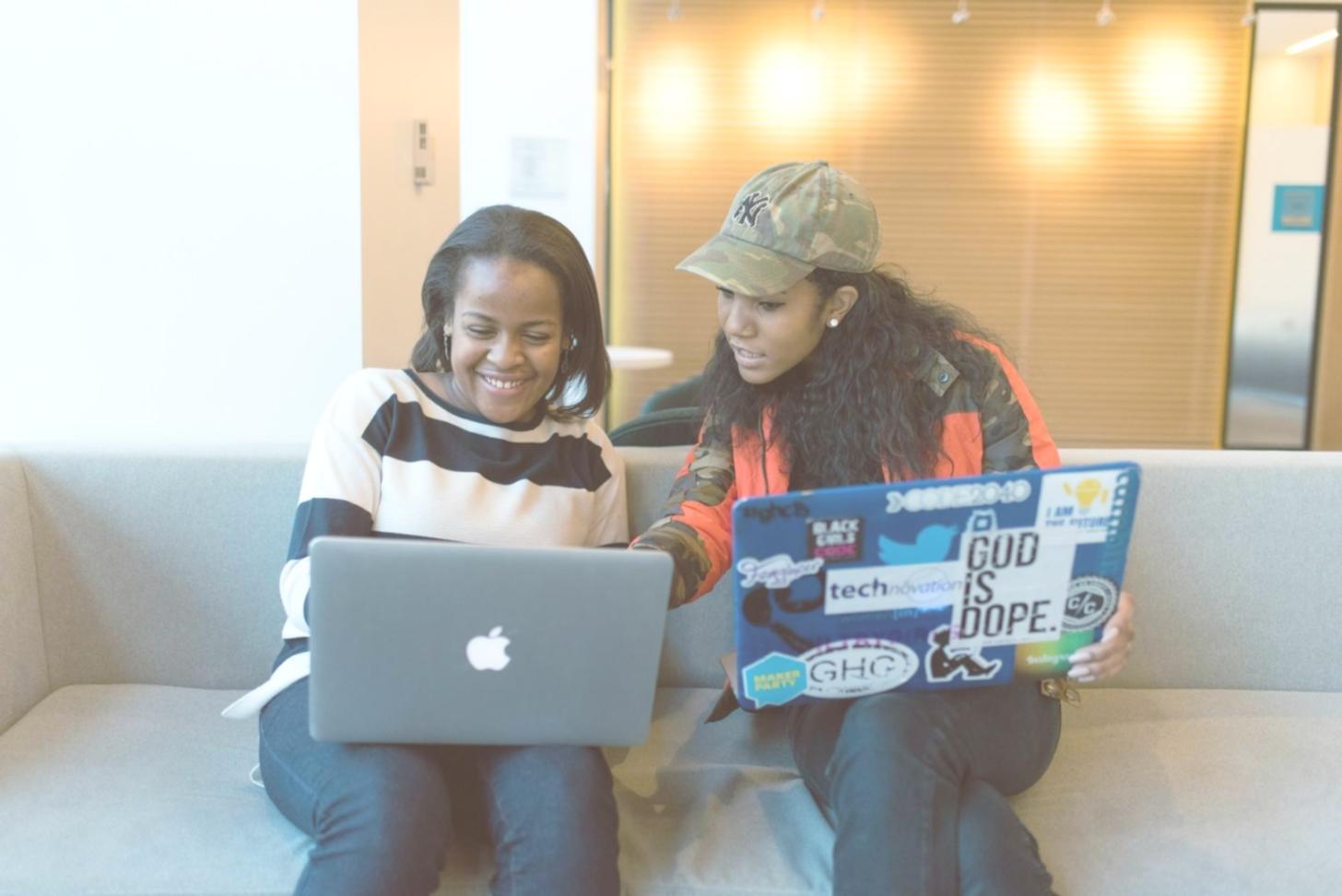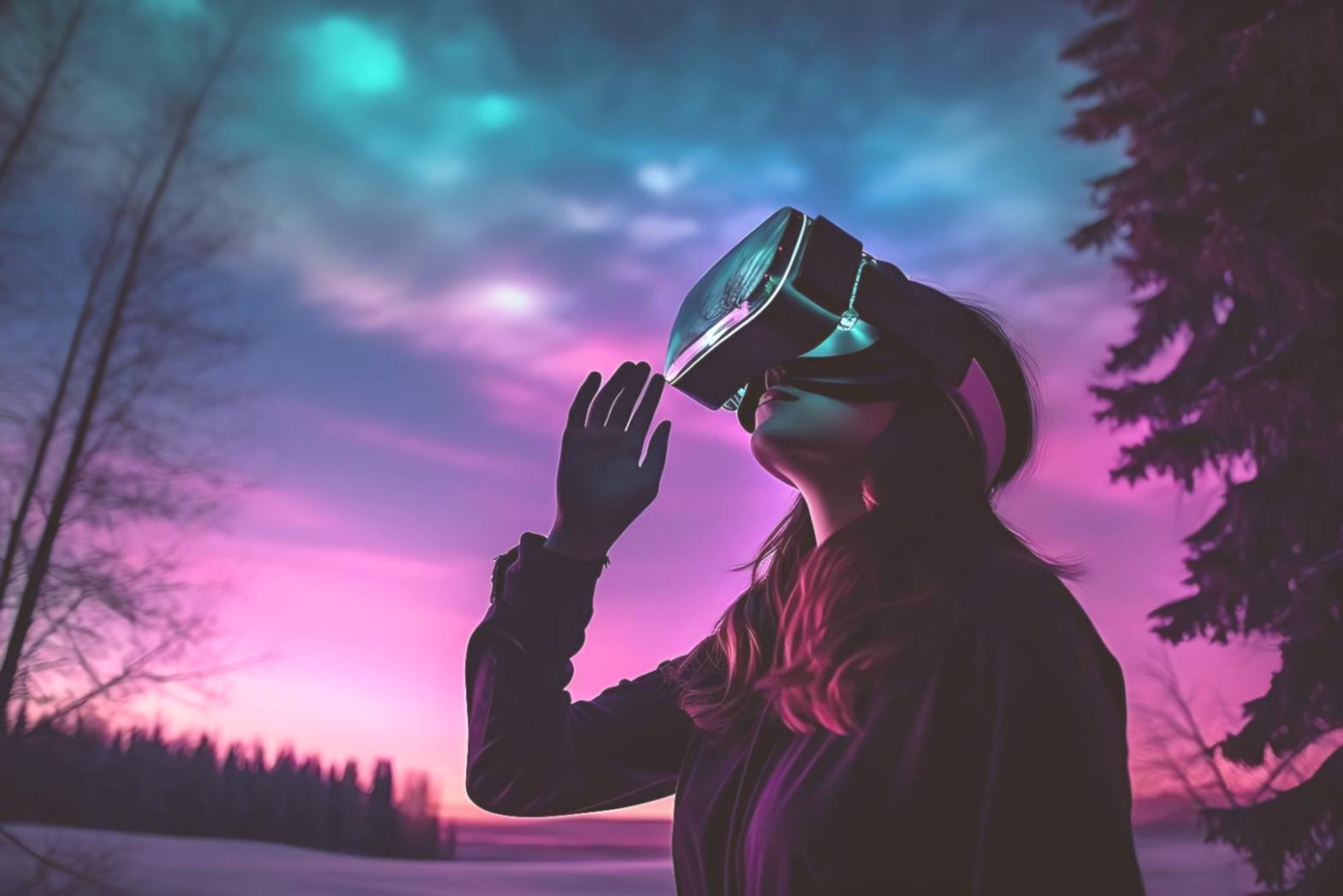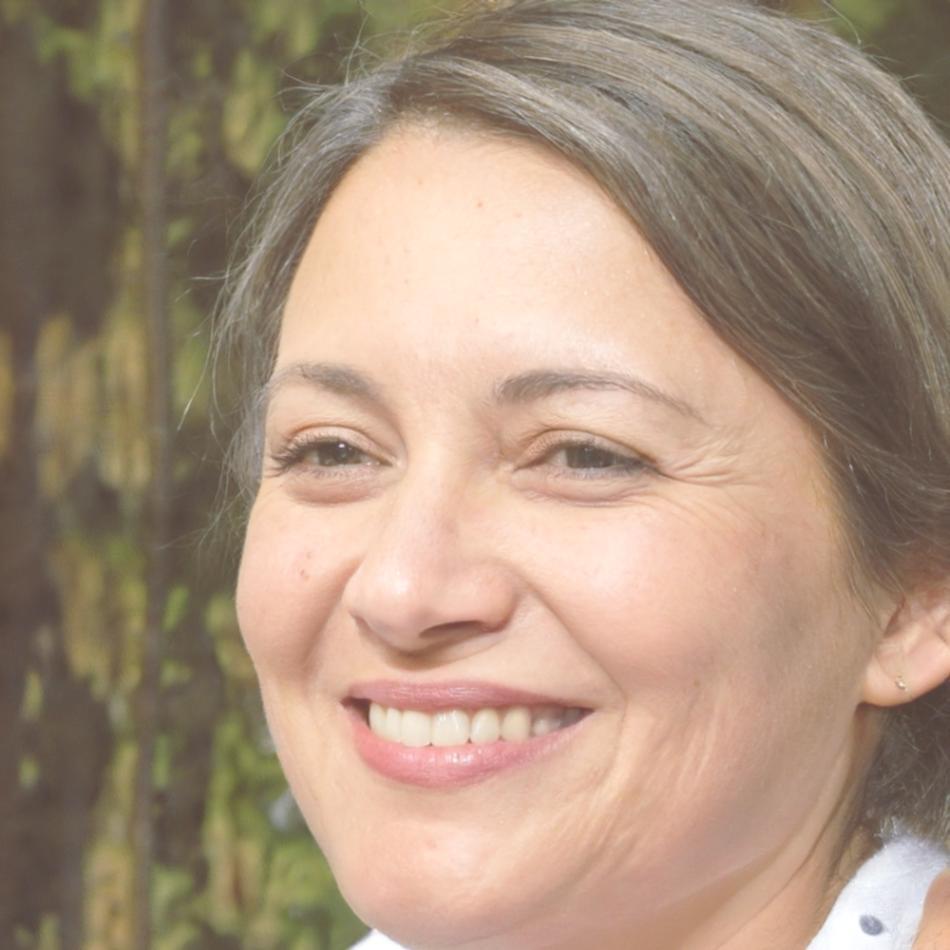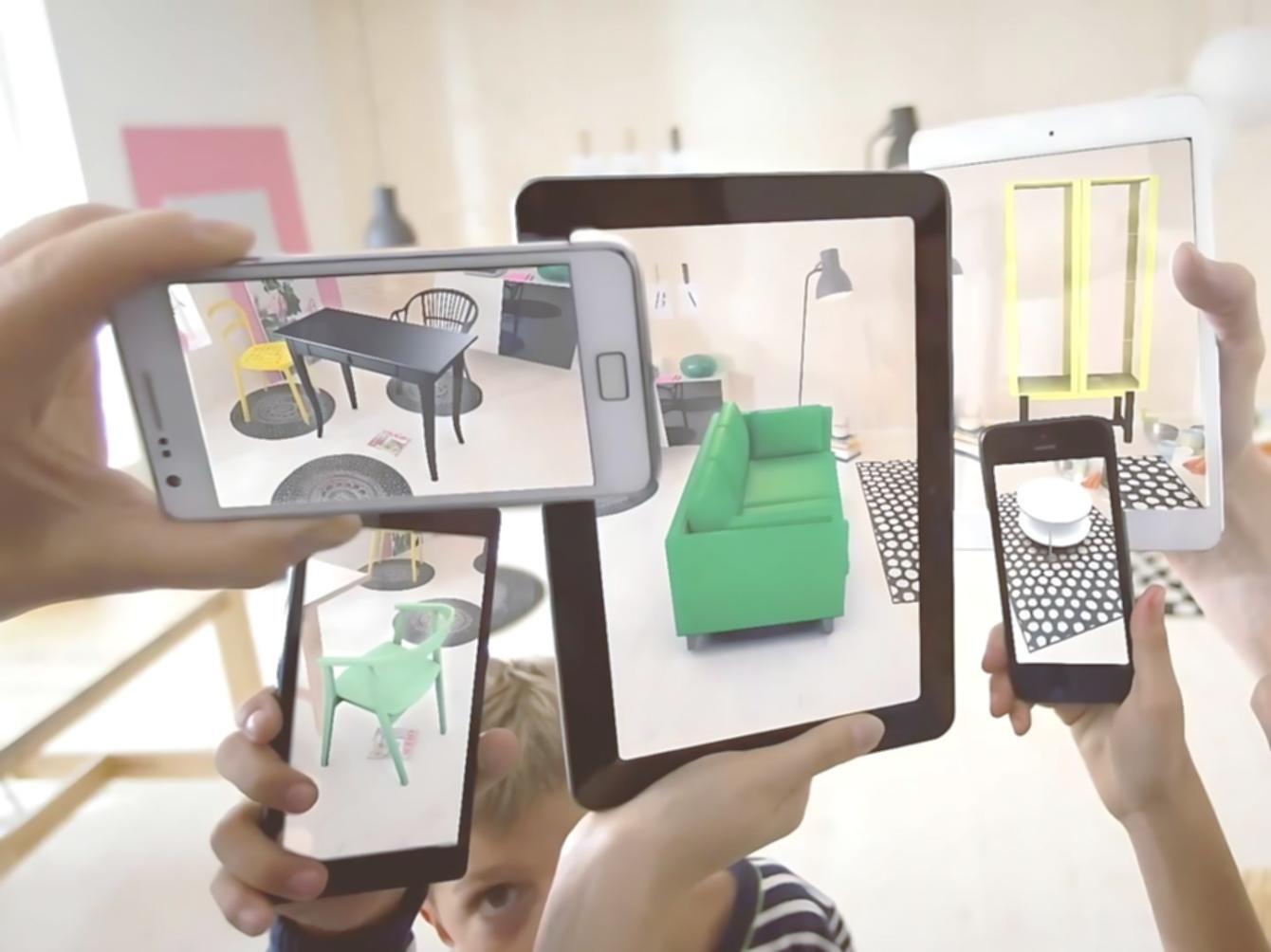What You'll Need to Get Started
AR and VR development with game engines isn't like picking up a new phone app. It takes real commitment, some technical foundation, and honestly—a willingness to troubleshoot things that break at 11 PM. Let's walk through what actually matters before you dive in.

The Reality Check Everyone Needs
I'll be straight with you. Around 30% of people who start AR/VR courses drop out in the first month. Not because they aren't smart enough—but because they didn't expect the learning curve.
You don't need to be a programming wizard. But if you've never written a single line of code, expect the first few weeks to feel like learning a new language. Because that's exactly what it is.
- Basic programming knowledge helps tremendously (C# preferred, but any OOP language works)
- Comfort with 3D space and coordinate systems—if you've used any 3D software, you're ahead
- A computer that can actually run Unity or Unreal (8GB RAM minimum, 16GB recommended)
- Access to an AR/VR headset isn't required initially, but you'll want one by month three
- Time commitment of 12-15 hours weekly for meaningful progress
Which Path Fits Your Situation?
Different backgrounds need different approaches. Here's how to figure out where you actually stand and what makes sense for your starting point.
Complete Beginners
Never coded before? That's fine. But you'll need to build programming fundamentals first before jumping into XR development.
- Start with C# basics (2-3 months)
- Learn Unity fundamentals separately
- Build 2-3 simple games first
- Then transition to XR concepts
Game Developers
Already comfortable with Unity or Unreal? You've got a huge advantage. XR is mostly about understanding spatial interaction patterns.
- Focus on XR interaction systems
- Learn performance optimization for mobile
- Study spatial UI/UX principles
- Experiment with hand tracking
Other Tech Backgrounds
Web developers, mobile devs, data scientists—you understand logic and systems. The main hurdle is thinking in 3D space and real-time rendering.
- Bridge to C# from your language
- Learn 3D math basics (vectors, quaternions)
- Understand game loop vs event-driven code
- Master the Unity/Unreal workflow

Your First Six Months: What Actually Happens
Everyone wants to know the timeline. Here's what a realistic learning path looks like based on students who've actually finished our program starting in autumn 2025.
Weeks 1-6: Foundation Building
You'll spend most of this time just getting comfortable with the development environment. Expect to feel lost sometimes. That's normal. Focus on building small interactive scenes, not complex projects.
Weeks 7-12: First XR Projects
This is where things click for most people. You'll build your first actual VR experiences—simple but functional. Hand tracking, teleportation, object manipulation. The basics that every XR app needs.
Weeks 13-18: Specialization Phase
Now you pick your direction. AR mobile apps? Room-scale VR? Multiplayer experiences? This is where your portfolio pieces start taking shape. Expect to rebuild things multiple times as you learn better approaches.
Weeks 19-24: Portfolio Development
The final stretch focuses on creating 2-3 polished projects that demonstrate real capability. These aren't student exercises anymore—they're pieces you'd show in job interviews or client meetings.
Following Someone Through the Process
Meet Jelena Stanković. She started with us in September 2024 with a background in graphic design but zero programming experience. Here's how her first year actually went.
The first month was rough. She almost quit twice because debugging C# felt overwhelming. But she stuck with it, attended every office hours session, and gradually things started making sense.

"I won't pretend it was easy. The first project took me three weeks when it should've taken one. But by month four, I was building AR experiences that actually worked and looked professional. Now I'm working on client projects."

Ready to Start Your Journey?
Our next cohort begins in September 2025. We're accepting applications through July. Spots are limited to maintain quality instruction and individual attention.
View Full Program Details